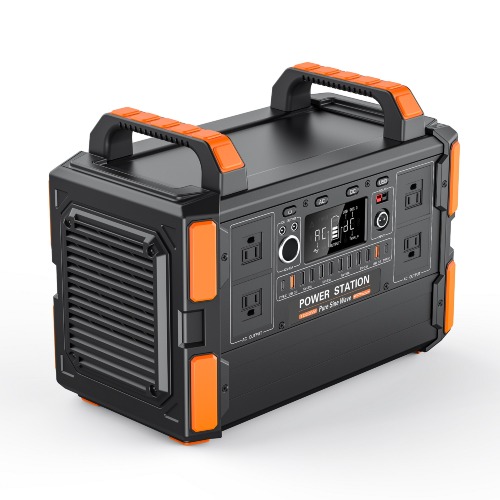Maintaining power lithium iron phosphate gel batteries properly is essential to extend their lifespan and ensure reliable performance over time. While LiFePO4 batteries are known for their durability and minimal maintenance requirements compared to other battery types, there are still some key practices to follow. Here are maintenance practices to help prolong the lifespan of LiFePO4 gel batteries:
Regular Inspection:
Perform visual inspections of the battery regularly to check for any signs of damage, leaks, or corrosion. Address any issues promptly.
Keep Clean and Dry:
Ensure that the battery terminals and connections are clean and free of dirt, dust, or corrosion. Clean them if necessary using a mixture of baking soda and water, followed by a rinse and thorough drying.
Tighten Connections:
Check the tightness of all battery connections, including terminals and cables, to prevent loose or corroded connections that can lead to voltage drops and reduced performance.
Temperature Control:
Maintain the operating temperature within the recommended range for LiFePO4 batteries. Extreme temperatures, especially high heat, can reduce battery life. Provide adequate ventilation and avoid exposure to direct sunlight.
Equalization Charging:
LiFePO4 gel batteries do not require equalization charging as lead-acid batteries do. Avoid overcharging or charging at excessive voltage levels, which can damage the cells.
Proper Charging:
Charge LiFePO4 gel batteries using a compatible charger designed for LiFePO4 chemistry. Avoid using chargers designed for other battery types.
Depth of Discharge (DOD):
Limit the depth of discharge to a reasonable level. While LiFePO4 batteries can handle deeper discharges than some other chemistries, it's still advisable to avoid regularly discharging them below 20-30% capacity to maximize lifespan.
Avoid Over-Discharge:
Prevent deep discharges by using low-voltage disconnect (LVD) devices or systems that automatically shut off the battery when its voltage reaches a critical level.
Regular Use:
LiFePO4 batteries benefit from regular use. If they are not in use for extended periods, perform a maintenance charge every few months to ensure they remain in good condition.
Avoid Overcurrents:
Protect the battery from excessive discharge or charge currents. Properly size inverters, charge controllers, and other equipment to match the battery's specifications.
Battery Testing:
Periodically test the battery's performance using a battery analyzer or tester. This can help identify any capacity loss or deterioration.
Record Keeping:
Maintain a log of the battery's charging and discharging cycles, as well as any maintenance performed. This information can help track the battery's health over time.
Replacement:
LiFePO4 gel batteries have a long lifespan, but eventually, they will reach the end of their useful life. When capacity decreases significantly, it may be time to consider battery replacement.
Safety Precautions:
Handle batteries with care, following all safety guidelines and using appropriate personal protective equipment (PPE) when necessary.
By following these maintenance practices, users can help ensure that their LiFePO4 gel batteries remain in good condition and provide reliable power storage for an extended lifespan. Regular inspections and preventive measures are key to maximizing the performance and longevity of these batteries.



 English
English Español
Español

